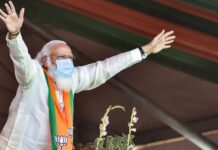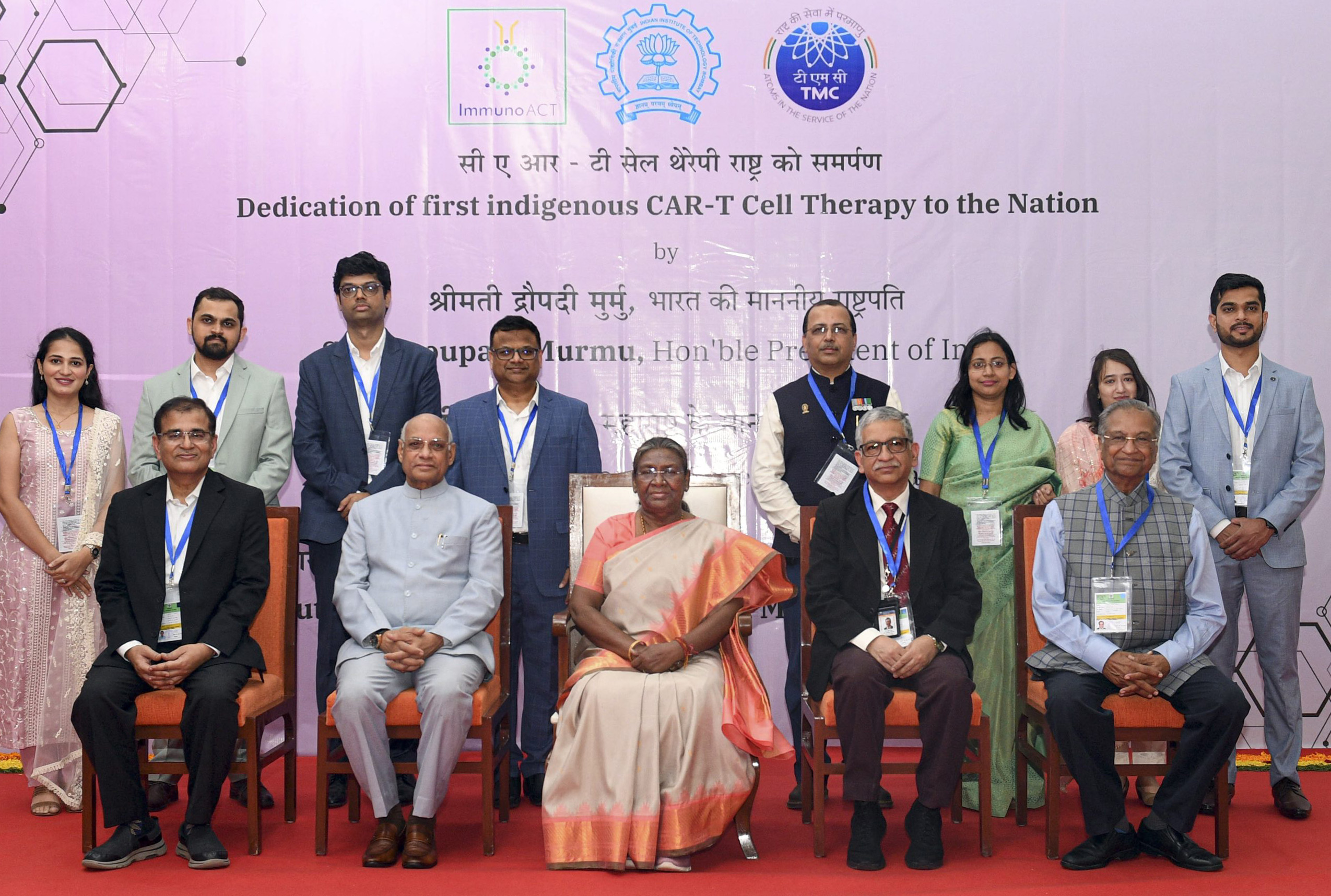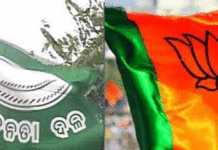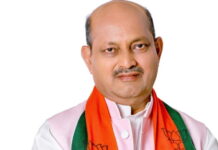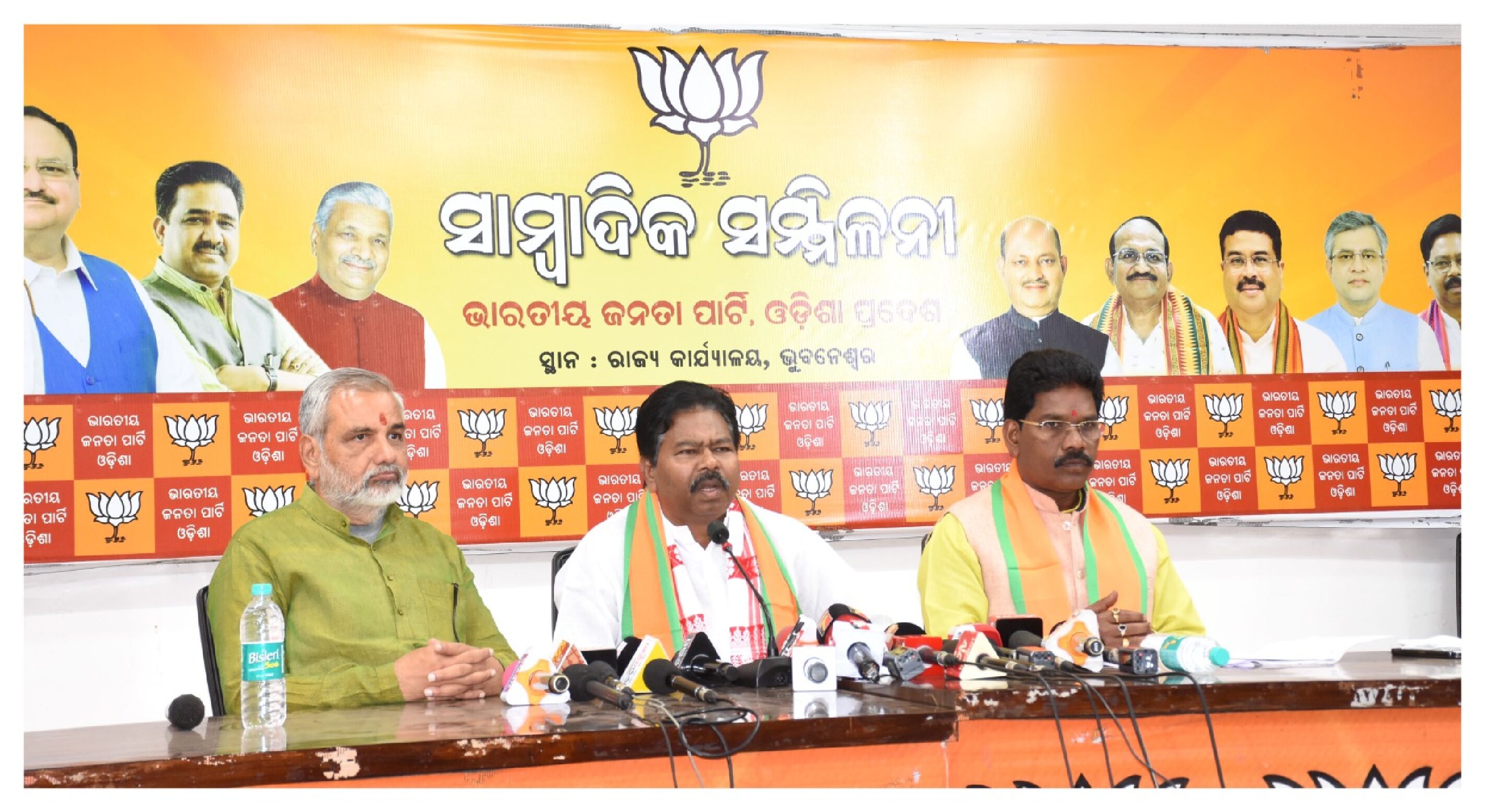As farmers stage agitations in Odisha under the banner of Navanirman Krushak Sangathan, the importance of implementation of the Swaminathan Commission report is being touted as the solution to the problems of farmers agitating across states. All are talking of implementation of the report. But can implementation of Swaminathan Commission Report save Farmers from the claws of suicide?The government of India constituted the National Commission on Farmers (NCF) on November 18, 2004. The NCF was chaired by Dr. M.S. Swaminathan, the father of green revolution in India. It submitted five reports to the government. The first was submitted in December 2004 and the fifth and final report was submitted on October 4, 2006. The reports had suggestions for “faster and more inclusive growth” for farmers as was envisaged in the Planning Commission’s Approach to 11th Five Year Plan. The fifth report was the most crucial as it contained suggestions for inclusive growth of farmers and agriculture sector. NCF’s Swaminathan Commission Report aimed at working out a system for food and nutrition security, sustainability in the farming system, enhancing quality and cost competitiveness of farm commodities and also to recommend measures for credit and other marketing related steps.
Dr Swaminathan had requested the government to implement the recommendations given in the report so that it could provide minimum support price for grains, safeguard the interest of small farmers and addressing the issue of increasing risk overtaking agriculture as a profession. The Commission observed that farmers needed to have an assured access to and control over rightful basic resources. These basic resources include land, water, bio-resources, credit and insurance, technology and knowledge management, and markets. It observed that agriculture must be implemented in the concurrent list from the state list — hence putting it as a matter of concern for both the Union and the states.
One of the suggested key reforms was, of course, land reforms. It was aimed to address the issue of access to and for both crops and livestock. The commission said that the inequality in landholdings in shown starkly in land ownership. They suggested for distribution of ceiling-surplus and waste lands; prevention of diversion of prime agricultural land and forest to corporate sector for non-agricultural use; to ensure grazing rights are provided and seasonal access is allowed in forests to tribals and pastoralists. It recommended access to common property resources. One main case was establishing a National Land Use Advisory Service. The purpose of this service would be to connect land usage decisions with ecological meteorological and marketing factors.
Second recommendation was for framing a set of reforms to provide farmers with “sustained and equitable” access to water for irrigation. Ensuring boost in water supply by rainwater harvesting, water level recharging by mandatory aquifers; Million Wells Recharge programme to be initiated targeted at private wells. It advised to target increase in investment in irrigation sector under 11th five year plan.
Third was recommendation for substantial increase in public investment in agriculture-related infrastructure particularly in irrigation, drainage, land development, water conservation, research development and road connectivity etc. with the objective of achieving higher productivity growth. It also recommended a national network of advanced soil testing labs with an aim to test areas for apt micronutrient levels.
Fourth was on expansion outreach of formal credit system; reduce crop loan interest rates to 4%; provide moratorium on debt recovery; agricultural risk fund; kisan credit cards for women farmers; integrated credit-cum-crop-livestock human health insurance package; crop insurance across country for all crops with reduced premiums; sustainable livelihoods for the poor, investment in human development; institutional development services etc.
The commission recommended implementation of a universal public distribution system, help small and marginal farmers; formulate national food guarantee act with features as food for work and employment guarantee programmes. For prevention of farmer suicides, it recommended providing affordable health insurance at primary healthcare centres in villages; national rural health mission to be extended to suicide hotspots on priority basis; state level farmers’ commissions with representatives of farmers, restructuring of microfinance policies that may serve as a sort of livelihood finance; covering all crops by crop insurance, social security net that gives old age support with health insurance and aquifer recharge and rain water conservation and plans for decentralised water usage etc.
Dr. Swaminathan Commission had suggested to provide minimum support price (MSP) for grains; but never recommended for arbitrarily enhancing MSP every year with a view to increase profit from farming. To make farming sustainable, the members of the Commission suggested all the above points, which our governments have hardly fulfilled; although many have been addressed in the mean time.Bangladesh is buying 250,000-300,000 tonnes of Vietnamese rice and planned to increase rice imports from Vietnam to 500,000 tonnes by end-2017. It will also buy one million tonne of Vietnamese rice annually until 2022.India,Thailand and Vietnam are the world’s top three biggest rice exporters. There has been a sharp rise in Indian rates as government is buying at the MSP. Bangladesh, the world’s fourth-biggest rice producer has emerged as a major importer this year, as low stocks and soaring prices led the government to import the grain from Vietnam, not from India.Bangladesh sought rice supplies, from Vietnam, Thailand and Cambodia on a G2G basis. India is not only the world’s largest exporter of rice (about 11-12 mt annually of both basmati and non-basmati), it also enjoys supremacy in the global PB rice trade—and PB is the major demand component of Bangladesh. As because Indian Paddy price is high, it is preferring to import rice from other paddy producing countries. Bangladesh is waiting for the reduced rice prices in India, which may soften when Kharif paddy will arrive. Thanks to our millers.
Under these global market phenomena, our political leaders are demanding enhanced MSP. This was never suggested by Dr. Swaminathan Commission. The report suggested steps to make farming sustainable. Time has arrived, our lawmakers should strive hard to increase productivity, production, diversification and shifting focus to least use of chemical fertlisers, pesticides and herbicides. Agriculture is no more a farming culture. It has already been transformed to business. Let’s admit the ground realities to help our farmers and act accordingly, instead of taking political mileage.







